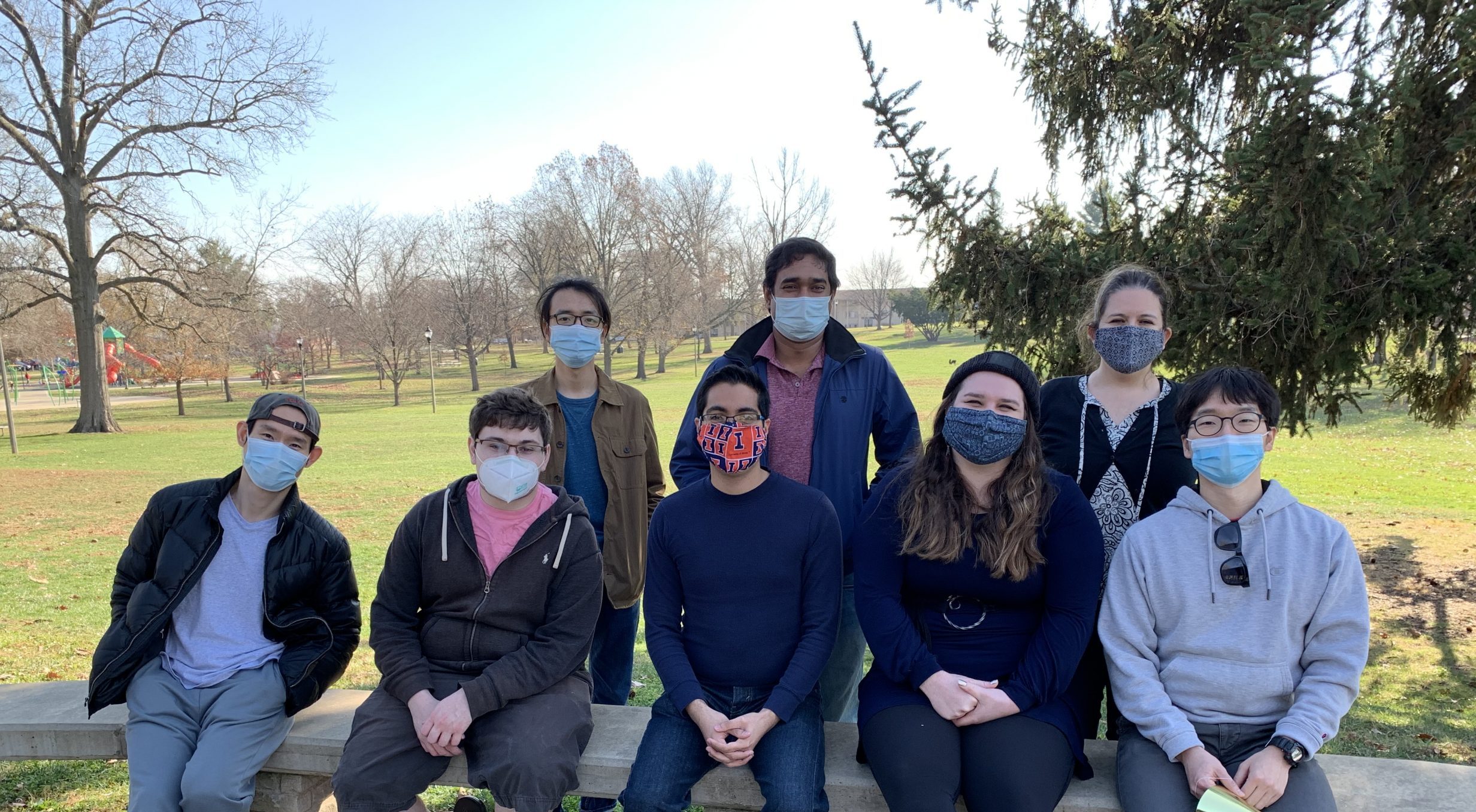Signal Transduction in Mammalian Cell Growth and Differentiation
mTOR Signaling Network
The mammalian target of rapamycin (mTOR), a member of the phosphatidylinositol kinase-related Ser/Thr protein kinase family, assembles a signaling network that is a master regulator of cell growth, proliferation, differentiation, and metabolism. The mTOR network senses the availability of nutrients (amino acids, in particular), and integrates other types of environmental cues, including growth factors, cellular energy levels, and various types of stress. Rapamycin, an exquisitely specific inhibitor for mTOR, is a bacterial macrolide that has tremendous clinical values. Rapamycin and its analogs have been approved by the FDA for three types of clinical use – as an immunosuppressant to prevent graft rejection after transplantation, an anti-restenosis agent used in angioplasty stenting, and an anti-cancer drug. Furthermore, the anti-aging effects of rapamycin have been well established in many organisms including rodents. Our biochemical, biophysical, and biological investigations continue to uncover regulators, pathways, and regulatory mechanisms in the mTOR signaling network. These efforts will not only advance our understanding of cellular regulation, but also facilitate the future design and improvement of therapeutic strategies.
Skeletal Muscle Regeneration
The adult skeletal muscle has a tremendous capacity for repair and regeneration upon injury. Another major focus in our lab is to understand the signal transduction mechanisms governing skeletal muscle regeneration. Using mouse models for injury-induced muscle regeneration complemented with in vitro experimental systems of myoblast differentiation, we interrogate the molecular wiring that controls the highly coordinated cellular events leading to the formation of multi-nucleated myofibers. Our findings have revealed a central role of mTOR in assembling pathways that regulate various stages of myogenesis, distinct from those that control cell growth. In addition, we have dissected the mechanisms of regulation by myogenic microRNAs. Our current efforts are also focused on myocyte-secreted cytokines and their signaling that critically contribute to myogenic differentiation in vitro and muscle regeneration in vivo. Knowledge gained may lead to potential future therapeutic targets for boosting adult muscle regenerative capacity and for treating aging- or disease-related muscular atrophy and dystrophy.
Lipid-Protein Interactions
Some phospholipids in the cell membrane play important regulatory roles rather than serving structural purposes, and these signaling lipids interact with proteins to effect the regulation. Revealing the specificity of lipid-protein interactions is pivotal to the understanding of lipid signaling, and a critical need is experimental approaches that enable investigation of such interactions in physiologically relevant contexts. In collaboration with Taekjip Ha Laboratory (Johns Hopkins University) we have recently developed a single-molecule pulldown (SiMPull) assay to study the interaction between lipid vesicles and proteins of interest in crude cell lysates with high sensitivity and specificity. We have also adopted a microscale thermophoresis (MST) assay to rapidly assess lipid binding by proteins in cell lysates. Taking advantage of these new assays we are re-evaluating phosphoinositide binding by PH domain-containing proteins, the largest family of putative lipid binding proteins in the human genome. Our results to date have already revealed a striking lipid binding specificity not previously appreciated. Further investigation of such interactions will likely yield novel biological insights.
